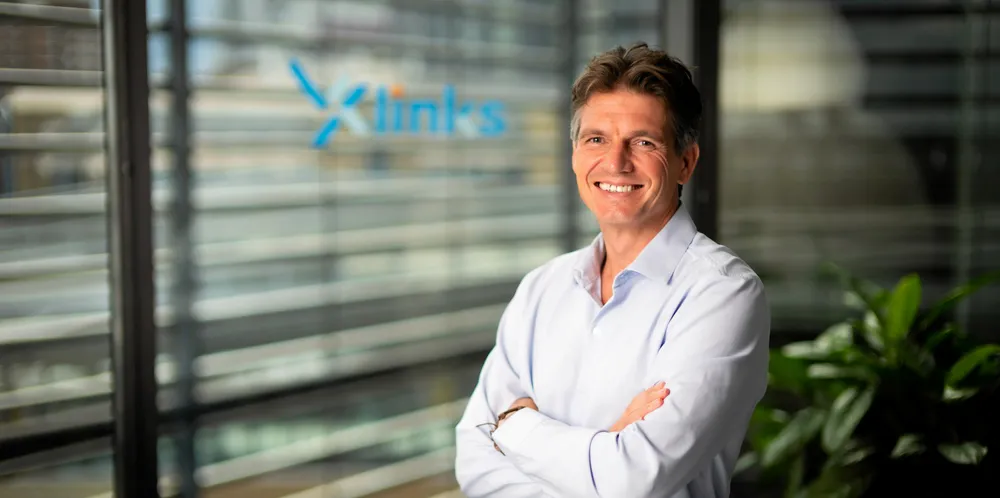'I've put every penny I have into this': Xlinks chief claims $25bn Morocco-UK cable plan can change green power for ever
High-risk project could ‘spearhead whole new industry’ claims CEO of plan newly backed by oil giant TotalEnergies

High-risk project could ‘spearhead whole new industry’ claims CEO of plan newly backed by oil giant TotalEnergies
